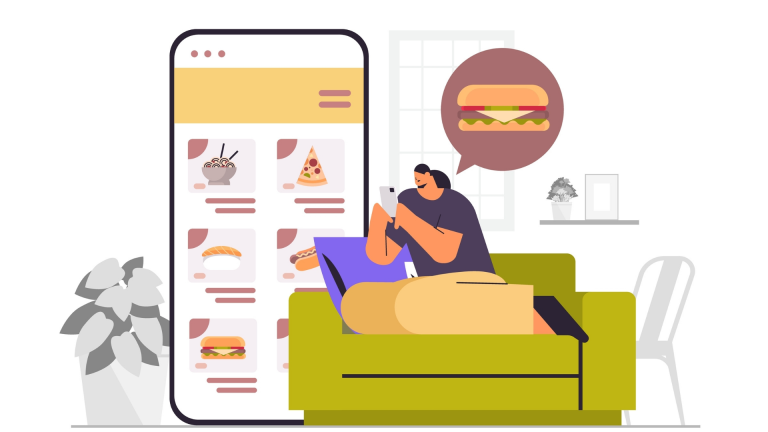I found out about this program at the University of Toronto called Engineering Science that was supposed to be the most difficult and prestigious Engineering program. So I applied to that program.
In Iranian culture, when you talk about yourself, it’s not very polite to promote yourself. It’s not good to say, “I’m very good.” You are supposed to be humble, but in North American culture, you have to always say, “I am the best,” which was so unfamiliar to me.
So in my application to the University of Toronto, I had to write about myself. I actually wrote, “I’m not very good,” which was a very stupid thing to do. So I didn’t get accepted even though I had very good grades. That was very disappointing, and I didn’t know what to do.
My older brother, who’s one year older than me, taught me the concept of not taking no for an answer. So I said, let’s go there, and my brother asked them, “Why didn’t you accept my brother? Look at his grades. How can you not accept this person?”
They went into the back room, looked at my grades, and they came back and said, “Okay, we accept you.”
But they didn’t accept me into the Engineering Science program. They accepted me into Civil Engineering, which wasn’t my top choice. I debated whether to go into the program or go back to high school for a year before applying again. I eventually decided that I’m going to just get in and take it from there.
So I studied one semester in Civil Engineering. I got really good grades. Then I went to the Engineering Science program. I said, “I’m going to transfer from Civil Engineering to Engineering Science.” They told me no one has ever done that. Usually, students transfer out of Engineering Science because they don’t want to do all the hard work.
At the end of my second semester in the Engineering Science program, I actually got the highest grades in the whole class. I finished the four years with the highest grades as well. I worked hard. It wasn’t easy.
I also wanted to be an entrepreneur, and I really liked to build things. So I started 3 companies. The first one was when I was 19 and then when I was 20 and 21.
Q: Why did you decide to move to the U.S. and continue grad school at Stanford? What was the decision-making process of doing a Ph.D. instead of going to the industry directly?
Keyvan: I realized that Stanford is a great school, and a lot of companies like Yahoo came out of Stanford. So it matched with what I wanted to do.
After I started 3 companies, I realized that I wanted to be a technical founder to a very high-tech company that will make a big impact in the world, and I would want to spend a big part of my life in it. So instead of being a serial entrepreneur and starting one company for a year, I wanted to make a company that would take decades. With that thinking, I thought I should go to grad school.
Q: How did you choose your Ph.D. research topic?
Keyvan: You have to have some idea about what you like in engineering. I was interested in signal processing and machine learning. So I decided to specialize in it, which aligned with my mission to create a high-tech company. People should align their decision with their life’s passion and ambitions.








